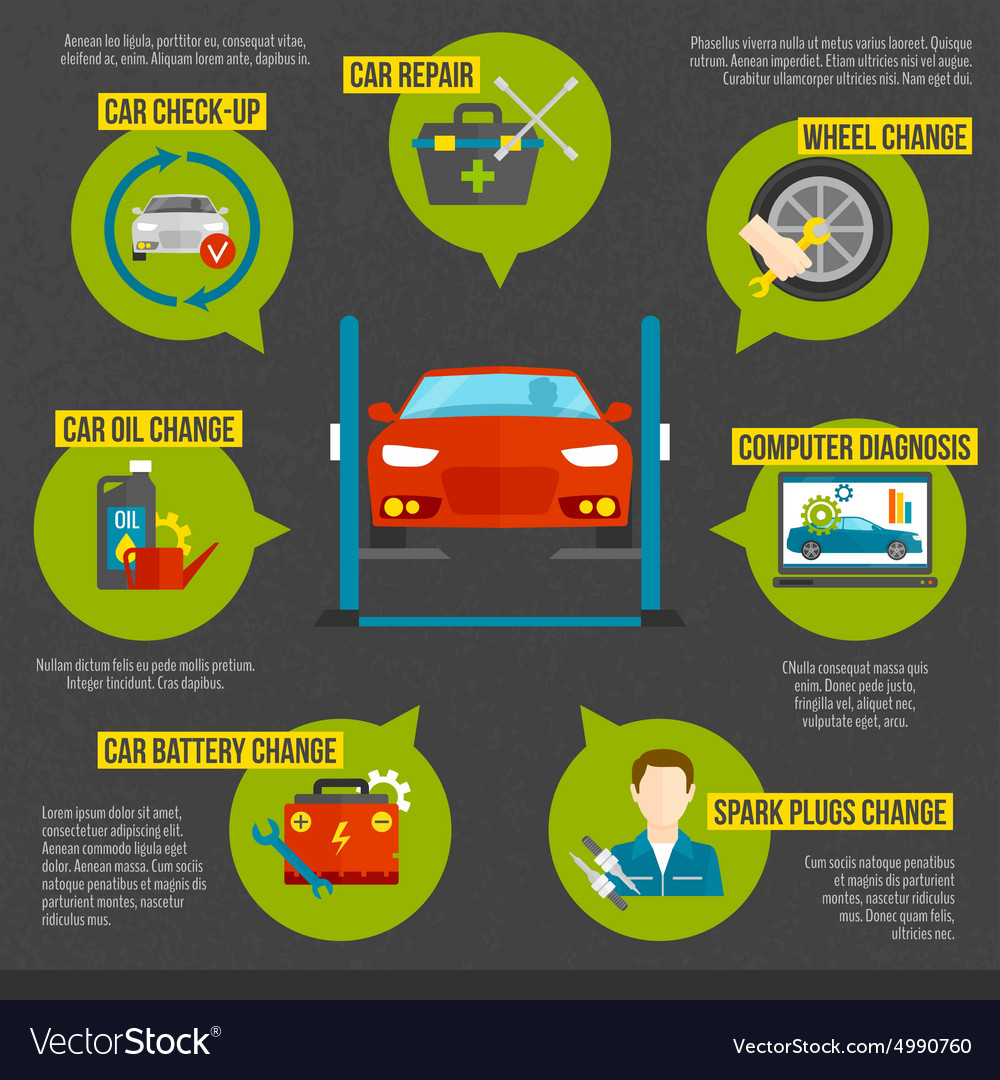Curious About Those Control Panel Caution Lights In Your Car? Discover What They Imply For Your Car'S Health And Safety
Curious About Those Control Panel Caution Lights In Your Car? Discover What They Imply For Your Car'S Health And Safety
Blog Article
click this Develop By-Samuelsen Alvarado
When you're behind the wheel, those radiant caution lights on your control panel can be a bit bewildering. Do you know what they're trying to inform you about your auto's wellness? Recognizing the importance of these lights is vital for your security and the long life of your lorry. So, the following time one of those lights appears, wouldn't you want to understand its message accurately and take the needed steps to address it?
Common Caution Lights and Interpretations
Identify typical caution lights in your vehicle and understand their definitions to guarantee secure driving.
The most common warning lights consist of the check engine light, which signifies issues with the engine or discharges system. If this light comes on, it's critical to have your lorry inspected without delay.
The oil pressure advising light suggests low oil stress, requiring immediate interest to avoid engine damage.
A flashing battery light may suggest a damaged billing system, possibly leaving you stranded otherwise addressed.
The tire pressure monitoring system (TPMS) light notifies you to low tire stress, affecting car stability and fuel efficiency. Disregarding this might bring about unsafe driving problems.
The abdominal light shows an issue with the anti-lock stopping system, endangering your capacity to stop quickly in emergencies.
Lastly, the coolant temperature warning light warns of engine overheating, which can cause serious damages otherwise resolved swiftly.
Recognizing these typical warning lights will certainly aid you deal with concerns quickly and preserve safe driving problems.
Significance of Prompt Interest
Understanding the usual caution lights in your car is just the very first step; the relevance of immediately addressing these warnings can't be stressed sufficient to guarantee your security when driving.
When a warning light brightens on your dashboard, it's your car's way of interacting a potential issue that requires attention. Neglecting these warnings can lead to a lot more severe troubles in the future, compromising your safety and security and potentially costing you more in repairs.
Trigger focus to warning lights can prevent break downs and crashes. For example, a flashing check engine light could show a misfire that, if left ignored, could cause damage to the catalytic converter. Resolving carseatcleaning can save you from an expensive repair work.
In a similar way, a brake system warning light could signal low brake liquid or worn brake pads, vital parts for your safety and security when driving.
DIY Troubleshooting Tips
If you observe a warning light on your dashboard, there are a few DIY troubleshooting ideas you can attempt before seeking specialist assistance.
The very first step is to consult your car's manual to recognize what the details warning light indicates. Sometimes the issue can be as straightforward as a loosened gas cap activating the check engine light. Tightening up the gas cap might resolve the problem.
One more usual concern is a reduced battery, which can activate numerous cautioning lights. Examining the battery links for deterioration and ensuring they're safe and secure could repair the problem.
If a caution light continues, you can try resetting it by disconnecting the auto's battery for a few minutes and then reconnecting it. Furthermore, examining your car's liquid degrees, such as oil, coolant, and brake fluid, can help troubleshoot alerting lights related to these systems.
hop over to here , recognizing your car's warning lights is vital for keeping your automobile running efficiently and safely. By without delay addressing these signals and understanding what they mean, you can avoid costly fixings and potential break downs.
Keep in mind to consult your cars and truck's manual for particular information on each alerting light and take action as necessary to make sure a trouble-free driving experience.
Keep informed, stay secure when driving!
